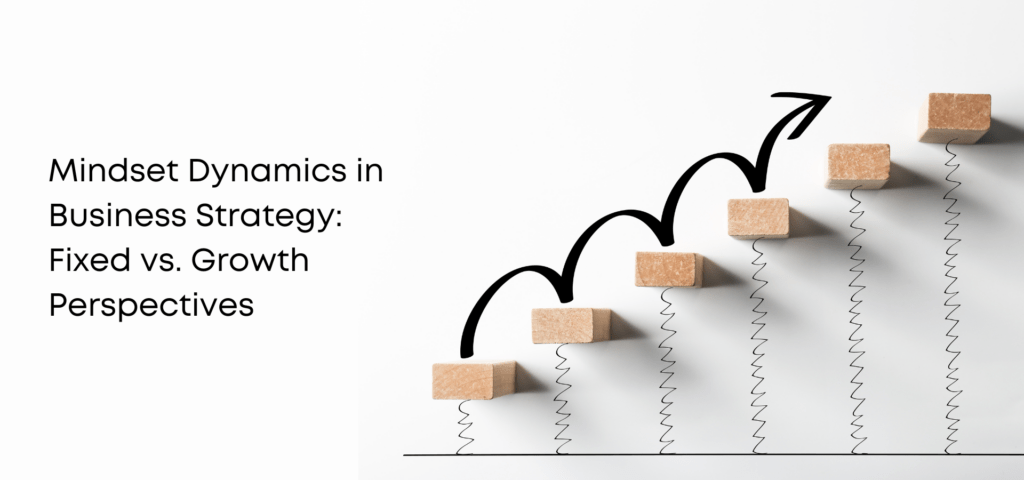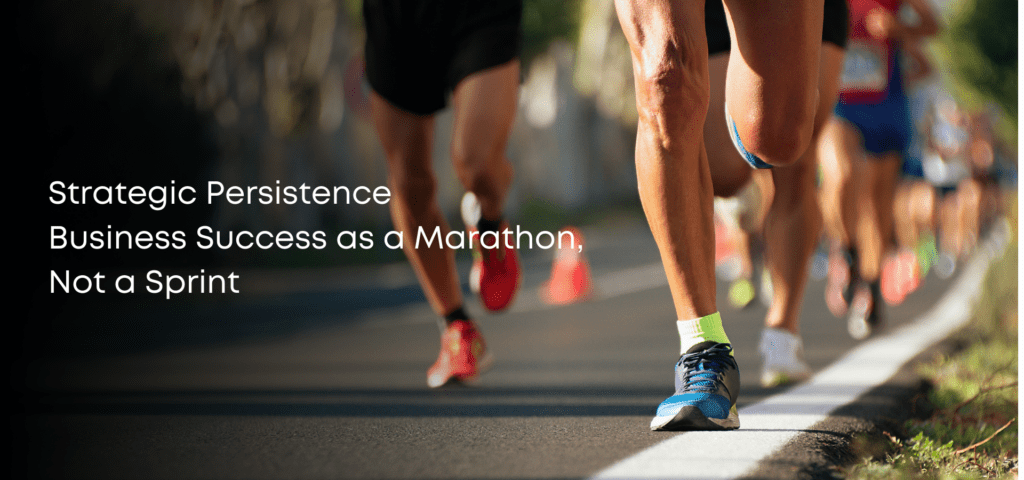
In the commonly quoted version of an incident, American inventor and businessman Thomas Edison is reported to have said: “I have not failed. I’ve just found 10,000 ways that won’t work.”[i] In this perspective, “fail” does not indicate the unsuccessful outcome of an attempt, but rather just the “First Attempt In Learning” (FAIL), reflecting the belief that failures are an integral part of the learning journey and can provide a plethora of invaluable insights and lessons.
The true failure in an unsuccessful outcome, thus, lies in not extracting any lessons from it. Viewing the unsuccessful outcome solely as a failure or mistake means that no real learning occurs; there is a tendency to evade it. What people should truly aim for is to turn it into an opportunity for improvement. See the unsuccessful outcome the way scientists view a failed experiment—they seek to comprehend it, gain knowledge that a particular approach didn’t work, and the following day, they embark on a new experiment, armed with newfound insights.
To appreciate the power of the FAIL perspective, individuals must adopt what has been described by American psychologist Carol Dweck as a “growth mindset” as opposed to a “fixed mindset.”[ii] People with a fixed mindset believe that individuals’ traits, such as intelligence, personality, and abilities, are fixed and cannot be changed. Believing that they have been endowed with a certain amount of intelligence, for example, may lead fixed-mindset individuals to strive to appear smart. Consequently, they tend to avoid challenges to avert the risk of appearing unintelligent. Individuals with a growth mindset, on the other hand, believe that intelligence and talents can be cultivated through dedication, effort, learning, and perseverance. Regardless of the innate endowment of talents and aptitudes, everybody can change, and challenges are therefore seen as opportunities for leaning and growth.

Adopting a fixed or a growth mindset does not affect individuals only. Businesses are impacted by this dichotomy in a variety of ways, including when dealing with strategy formulation and execution. Think about a company producing a widely successful product and holding a solid position. The risk for such a company is developing a fixed mindset, falling into the trap of thinking that its status is unchangeable. Consequently, believing that no competitor will be able to erode its position, the company will rest on its laurels, overlooking risks and failing to seize opportunities.
In the realm of strategy, this is a serious issue because, to adapt another of Edison’s famous quotes, strategy is “one per cent inspiration, ninety-nine per cent perspiration.”[iii] Simply put, in this context, perspiration refers to the effort required to maintain a winning streak. Typically, in fact, in any given industry, the eventual winner is not the company that initially seemed poised for success. This is because competitor companies with a growth mindset tenaciously continue to learn, drawing insights from both others’ journeys and their own experience and mistakes. Growth-mindset companies understand that perspiration might require stepping out of their comfort zones and persevere in transforming threats and challenges into opportunities for success.
Another key difference between fixed and growth mindsets is visible when dealing with feedback and criticism. Companies with a fixed mindset persist in adhering to their strategies, even when market feedback unmistakably signals that a product fails to resonate with customer preferences or that the chosen route to market is sub optimal. Because criticism challenges their perception of fixed capabilities, companies with a fixed mindset are more likely to ignore or dismiss constructive feedback, using sentences such as “I am ahead of time; customers do not understand me.” Companies with a growth mindset, instead, view feedback as precious information that can help them improve. They are more inclined to use criticism as a tool for learning and development, adjusting their strategies accordingly.

Unlike sports, where each competition yields only one winner, success in the business world is not as straightforward. A company is deemed successful if it possesses a competitive advantage, essentially meaning it outperforms the industry average. Therefore, by definition, there can be multiple companies achieving better-than-average results, and consequently, more than one winner. To consistently generate better-than-average results in the medium to long term, a growth mindset proves more effective than a fixed one. By constantly learning and challenging established perspectives, companies with a growth mindset can continually reinvent themselves.
Consider the American multinational W. L. Gore & Associates (Gore), a privately held corporation renowned for its Gore-Tex fabric—a waterproof and breathable material widely used in outdoor clothing, footwear, and numerous other applications. Founded in 1958, as of 2023, Gore generated $4.8 billion in annual revenues, placing it among the 200 largest privately held U.S. companies. The company has developed more than 3,500 unique inventions worldwide in a wide range of fields, including performance fabrics, electronics, medical devices, and polymer processing.[iv]
At the core of Gore’s results is the adoption, from the very beginning, of an innovative and widely studied management model characterized by a flat, “lattice”-like organizational structure where everyone shares the same title of associate. All associates have half a day each week to explore any new project they like. Their peers can choose to contribute by donating their discretionary time, experience, skills, and commitment. The ability to attract colleagues is already a sign of the quality of the idea pursued. By attracting followers and making repeated and significant contributions to team success, associates can earn the designation of leaders. This management approach has made Gore what has been defined as a “marketplace for ideas,” whereby Gore “is able to maintain a healthy balance between investments that extend today’s businesses and those that open gateways to new markets.”[v]
If a company has not been built from scratch with a growth mindset, transforming fixed mindsets can be a formidable challenge. However, acknowledging this difficulty underscores the imperative for organizations to invest in fostering a culture of adaptability and continuous learning. Embracing a growth mindset not only facilitates the evolution of strategic thinking but also enables companies to navigate the dynamic landscape of business with resilience, innovation, and sustained success.
[i] “Thomas Alva Edison 1847–1931, American inventor,” Oxford Reference, https://www.oxfordreference.com/display/10.1093/acref/9780191826719.001.0001/q-oro-ed4-00003960?rskey=0p6cWM&result=1178, accessed December 2023.[ii] Carol S. Dweck, Mindset: The New Psychology of Success (New York: Random House, 2016).
[iii] “Thomas Alva Edison 1847–1931, American inventor,” Oxford Reference, https://www.oxfordreference.com/display/10.1093/acref/9780191826719.001.0001/q-oro-ed4-00003960?rskey=0p6cWM&result=1178, accessed December 2023.
[iv] W. L. Gore & Associates, Inc., “About Gore, Our Story,” https://www.gore.com/about/the-gore-story, accessed December 2023.
[v] “Building an Innovation Democracy: W.L. Gore: Management Innovation in Action,” in Gary Hamel and Bill Breen, The Future of Management (Boston, Massachusetts: Harvard Business School Press, 2007).
Davide Sola and Jérôme Couturier, How to Think Strategically: Your Roadmap to Innovation and Results (Harlow, England; New York: Pearson, 2014).